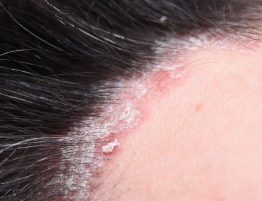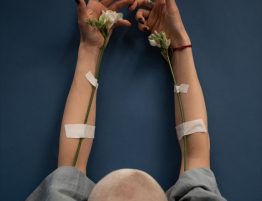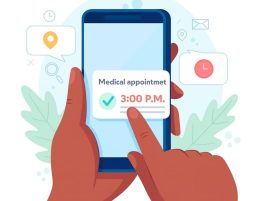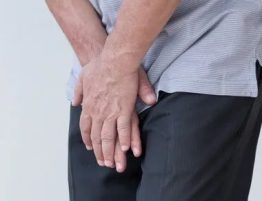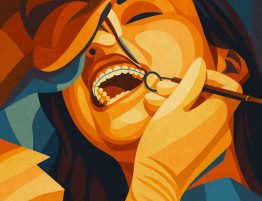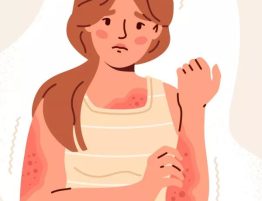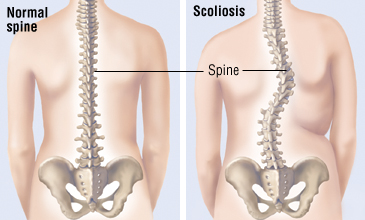
Scoliosis is a sideways curvature of the spine that occurs most often during growth spurt just before puberty. While scoliosis can be caused by conditions such as cerebral palsy and muscular dystrophy, the cause of most scoliosis is unknown. About 3% of adolescents have scoliosis.
Symptoms of Scoliosis
- A visibly curved spine
- Leaning to 1 side
- Uneven shoulders
- 1 shoulder or hip sticking out
- The ribs sticking out on 1 side
- Clothes not fitting well
Some people with scoliosis may also have back pain. This is usually more common in adults with the condition.
Treatment
Most children with scoliosis have a mild curve that does not need treatment.
The doctor will recommend following up every 4 to 6 months to monitor treatment options;
- Sex – females are more likely than males to have scoliosis that gradually gets worse
- Severity of the curve – the larger the curve, the greater the risk of it worsening over time. S-shaped 4curves are less likely to worsen.
- Bone maturity – the risk of worsening is lower if the person’s bones have stopped growing. Braces are more effective while bones are still growing.
Casting – casting instead of bracing is sometimes used for infantile scoliosis to help the infant’s spine to go back to its normal position as it grows. This can be done with a cast made of plaster of Paris. The cast is attached to the outside of the patient’s body and will be worn at all times.
Braces – if the patient has moderate scoliosis and the bones are still growing, the doctor may recommend a brace. This will prevent further curvature, but will not cure or reverse it. Braces are usually worn all the time, even at night. The more hours per day the patient wears the brace, the more effective it tends to be.
There are two types of braces;
- Thoracolumbosacral orthosis (TLSO) – the TLSO is made of plastic and designed to fit neatly around the body’s curves. It is not usually visible under clothing.
- Milwaukee brace – this a full-torso brace and has a neck ring with rests for chin and the back of the head. This type of brace is only used when the TLSO is not possible or not effective.
Chiropractic Treatment
Some people visit a chiropractor to relieve the pain and discomfort of scoliosis.
Chiropractors manipulate the spine and provide alternative treatments. They maintain that realigning the spine will promote healing and well-being.
Chiropractic treatment can improve the quality of life for a person with scoliosis. However, it is not a cure. Although it can help people with scoliosis feel better, it does not resolve the curvature of the spine.
It is important to visit a chiropractor who specializes in scoliosis. Receiving chiropractic treatment from a nonspecialist can make symptoms worse.
What We Offer
We at Almurshidi Medical Tourism will find the best doctors to cater to your needs. We are partnered with a wide network of hospitals and clinics that provide top quality medical experience.
We provide free medical estimates, make medical appointments, and provide several medical opinions if needed at no cost.
Contact Us
For more information contact us at +66822004040 or via WhatsApp


